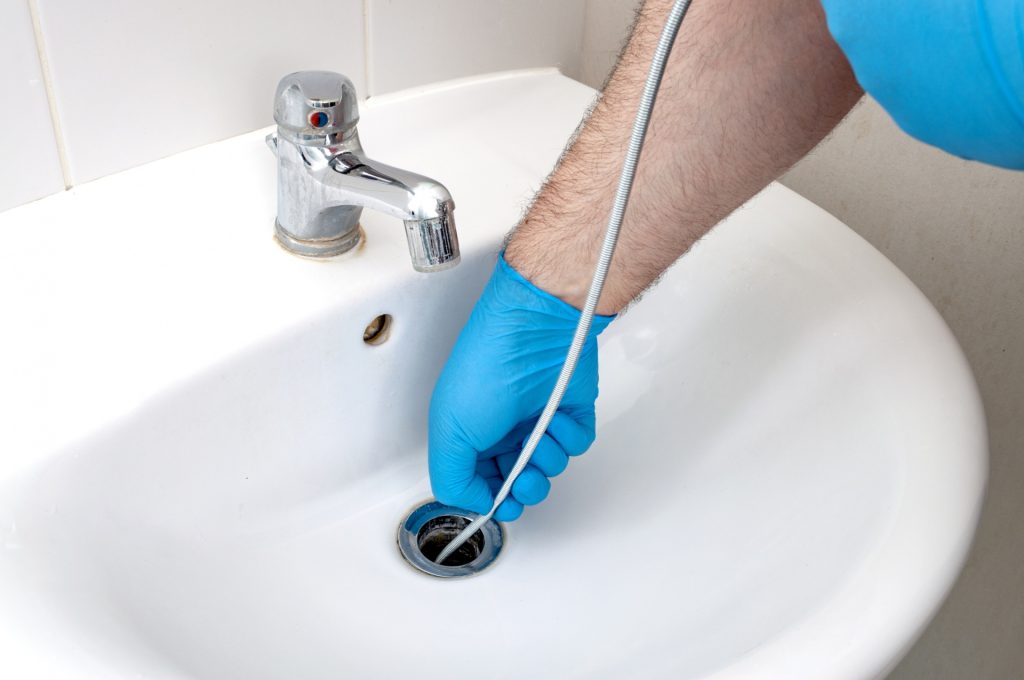How Do You Fix A Slow Draining Sink?
A slow-draining sink can be an annoying household issue, especially when it disrupts daily activities. Over time, sink drains can become clogged with debris such as hair, soap scum, grease, and food particles, leading to a slow drain or even a complete blockage. Fortunately, there are several methods you can try to resolve the issue before calling a plumber.
Identify the Cause of the Clog
The first step in fixing a slow-draining sink is determining the source of the blockage. If the drain is sluggish, the clog is likely caused by a buildup of soap, grease, or food debris in the drainpipe. In bathroom sinks, hair is often the main culprit. For kitchen sinks, grease and food particles are common causes. Identifying the cause helps in choosing the appropriate method to fix the issue.
Use a Plunger
A plunger is a handy tool to clear minor clogs and improve the flow of water in the sink. To use a plunger, first block the overflow hole (if there is one) with a wet cloth. Next, position the plunger over the drain, ensuring it creates a tight seal. Push down firmly and then pull up quickly to create suction. Repeat the process several times to loosen the debris that may be blocking the drain.

Try a Baking Soda and Vinegar Solution
For a more natural approach, baking soda and vinegar can work wonders to clear out stubborn clogs. Start by pouring half a cup of baking soda into the drain, followed by half a cup of vinegar. Cover the drain with a plug or cloth to keep the solution inside. Let it sit for about 15 minutes to break down the buildup. Afterward, flush the drain with hot water to help clear out any remaining residue.
Use a Drain Snake
If the clog persists, a drain snake can be an effective tool to clear more stubborn blockages. Insert the snake into the drain and rotate it as you push it deeper into the pipe. The snake’s coiled end will catch onto the debris, allowing you to pull it out. This method can help clear blockages further down the drainpipe that a plunger or baking soda and vinegar solution may not reach.
Clean the P-Trap
In some cases, the clog may be located in the P-trap, the curved pipe beneath the sink. To clean it, place a bucket underneath to catch any water, then unscrew the trap. Remove any debris that may have accumulated and clean the trap with warm, soapy water. Reassemble the trap and check if the water drains properly.
Consider Preventative Measures
Once you’ve successfully cleared the slow drain, it’s important to take steps to prevent future blockages. Avoid pouring grease or oil down the drain, as it can solidify and cause clogs. Use drain strainers to catch food particles, hair, and other debris before they enter the pipe. Regularly flush the drain with hot water to help break down buildup and maintain a clear flow.
A slow-draining sink is often a manageable problem that can be solved with a little effort. By taking quick action to identify the cause and using the right tools and techniques, you can restore proper drainage and prevent future issues. Regular maintenance is key to keeping your sink drains running smoothly.
Copyright © 2025 Drain It Plumbing